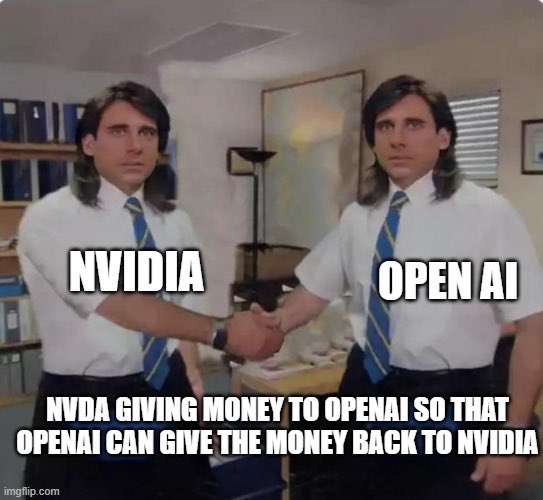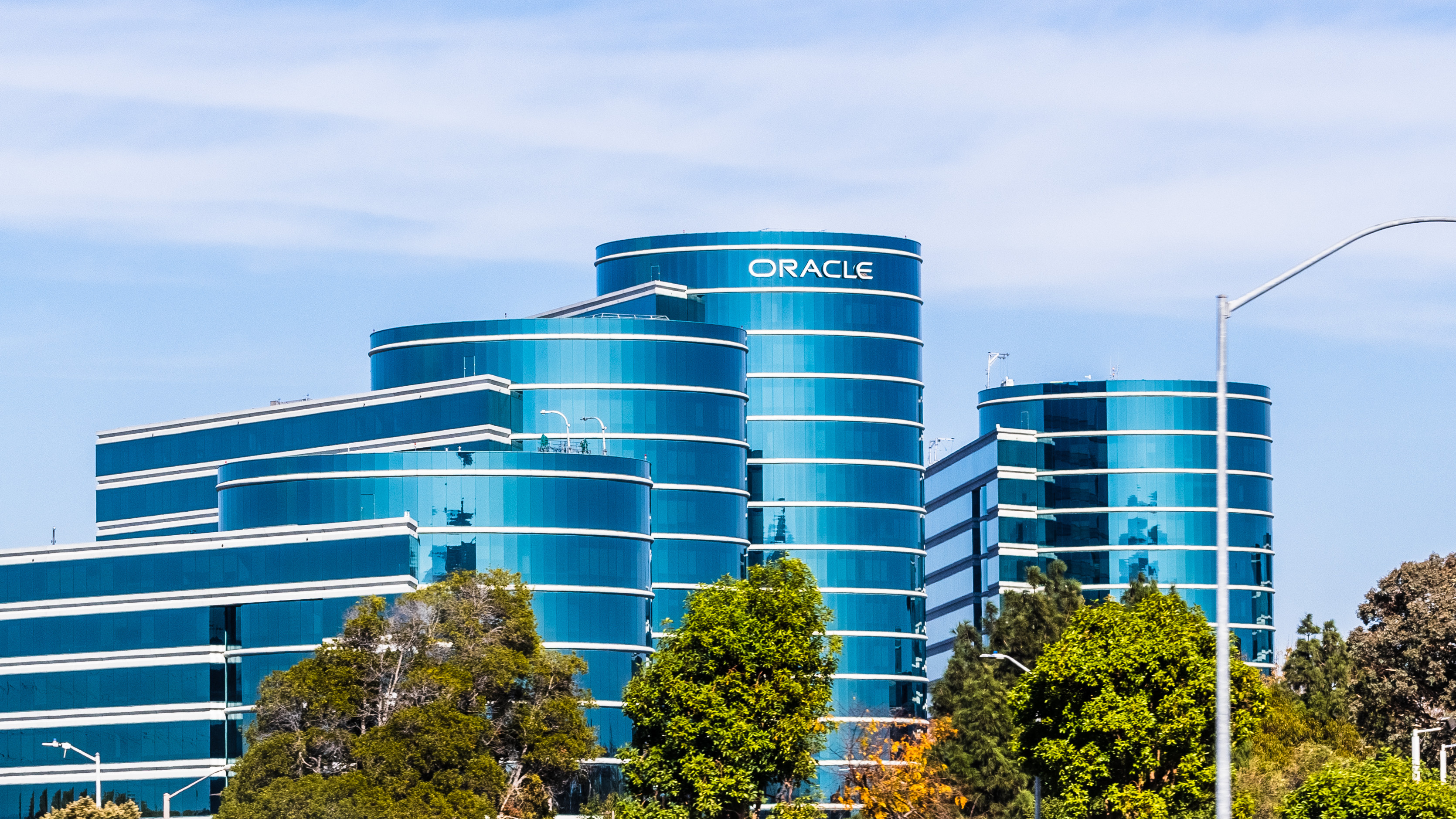There is a lot of noise at the moment around the recent spate of investment deals that have been likened to the 'vendor financing' arrangements of the dot.com era, with many commentators ending their observation with the pithy strapline: "that ended well!". The question we find ourselves asking is whether this is the end, or the beginning of the end, or simply the end of the beginning?
I’m not writing to deny history. The network equipment providers – the rails on which the internet was eventually built – such as Nortel, Lucent and JDS Uniphase famously juiced their sales by extending loans or equity stakes to weakly capitalised customers. It worked brilliantly, until it didn’t. As soon as credit tightened and the 2000–2002 downturn hit, those same customers defaulted en masse, leaving the vendors with write-offs, a glut of unused capacity (some of which remains unused today) and ultimately a collapse in equity value. The lesson: vendor-financed growth is fragile growth.
Fast-forward to today, and the comparisons to Nvidia’s $100bn investment in OpenAI amongst other AI players such as CoreWeave, a loss-making cloud infrastructure provider tailoring high-performance solutions for AI workloads, are hard to ignore. The blatant circularity is clear: Nvidia capital goes in through one door and comes out the other in Nvidia GPU orders.

For the bears, the increasingly incestuous nature of AI’s infrastructure ecosystem is grist to their "it's unsustainable" mill, but to Wall Street it's another reason to stay positive.
However, despite ‘the Street’s’ positivity, there are cracks worth acknowledging: datacentre operators are levering up against fast-depreciating assets, many AI start-ups such as OpenAI are burning cash without visible monetisation pathways whilst the pace of build-out risks running ahead of realisable demand.
Let’s take Global Blue Chip holding Oracle’s recent RPO (remaining performance obligations) booking of $300bn, a backlog KPI, recognised in the most recent quarter, as an example. It caught all off guard and sent the stock up over 40% (intraday) to an all-time high, propelling founder Larry Ellison, whose net worth grew by >$100bn on the news, into the richest person on earth. The blowout order came from none other than Stargate partner OpenAI, a business that generates a loss from $10bn in annual revenue – although revenues are expected to rise meaningfully in the future.
According to the deal, OpenAI has committed to paying Oracle ~$60bn a year for five years for compute power. This deal is hot off the heels of other lucrative deals Sam Altman has been inking such as the $10bn deal announced with Broadcom (another Global Blue Chip holding) to design custom chips. A reasonable question to ask is where will the money come from? Will we see Oracle and Broadcom make their own investments into OpenAI?
Afterall, it would be far cheaper for Oracle to borrow the money than it would for OpenAI to do so. Oracle’s average cost of debt is ~3.2% whilst xAI, a similar start-up owned by Elon Musk (who, as many know, is a bitter rival to Sam Altman), recently raised $12bn to fund its expansion plans at a purported rate of 12%. This alone raises all sorts of questions. Are investors convinced that AI is the money spinner if the going lending rate is 12%. And if the lending rate is 12% what is the cost of equity? And the return one would expect to earn when making investments in these companies?

To say the AI bears are salivating is an understatement; the ever-grander investment sums, the increasingly incestuous, self-serving and self-supporting nature of the deal-making, coupled with the lack of evident returns, are fuelling a crescendo of warnings. Bears love to point out the lack of tangible impact and how today’s investment binge will go down as the biggest misallocation of capital ever experienced. The fear is palpable. Yet, they shout into the face of headlines that speak of trillions of dollars of value to be spent and earned, agentic AI to change the way we live, work and play, a race that must be won against adversaries such as China, whose own tech giants are ramping up their collective spend on their own versions of the technology.
For now, it looks to be an uphill struggle for the bears. We know from the dot.com era that irrational exuberance can last longer than rational minds can comprehend. Vendor financing was a thing in 1995, and despite its en masse adoption by 1998, the tech bull market rolled on until March 2000. History teaches us that this virtuous circle didn’t collapse under its own weight – it took a global slowdown and a recession in the US to expose the vulnerabilities. And on that score, the latest GDP and jobs data point to a US economy running hotter than expected, no doubt frustrating bears further.
That’s not to say it’s a risk-free trade, the bears eventually had their day - we just don’t think it’s their time right now. But that doesn’t mean we’re not aware of the risks and in this market, it pays to be actively managing them. We are continually looking at our winners, using valuations as our guide, momentum as our sword and fundamentals as our shield. We remain invested in the infrastructure, the rails on which the future will be built, as our core AI exposure – the areas that continually attract the capital and are generating the value.
The AI trade isn’t dead - far from it in our opinion - but the setup into October feels crowded, sentiment is frothy and the financing mechanics are edging into uncomfortable territory. With options expiry and seasonal volatility on the horizon, this looks like a sensible moment to manage any unwanted risks, bank some gains and wait for the market’s next move. The long-term investment story in AI remains intact and the Fed is cutting rates into a strengthening economy, bullish action for liquidity and risk assets. After a strong summer, the short-term risk-to-reward has shifted - and in this market, discipline matters as much as conviction. If risk assets continue higher, the AI narrative should ensure AI plays lead this thrust. If they don't, it will send a signal that the time has come to shuffle our way to the edge of the dancefloor.


